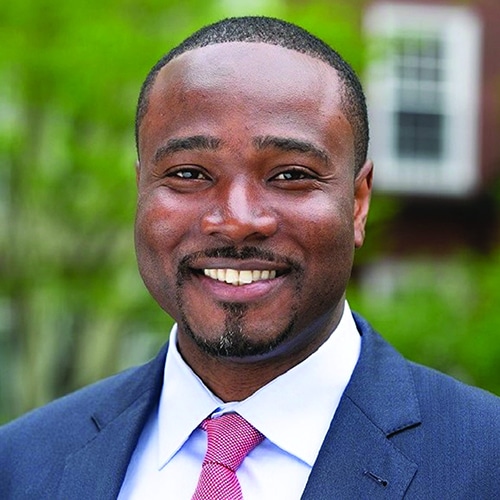Names are important. They help us identify, describe, and categorize. What comes to your mind when you hear the names Apple, Netflix, or Disney? They are all household names, synonymous with both innovation and pleasant customer experiences. Names are so important that companies spend significant sums to trademark and protect their names.
Like it or not, names have a way of anchoring our thinking. For instance, think about the names “undocumented immigrant” and “illegal alien”. Both of these names can be used to describe the same person, but each communicates vastly different ideas and evokes strong emotions. Similarly, in the world of global development, how we describe different economies anchors our thinking around what they are and what is possible.
Previously, it was common to describe countries as belonging to the “first world” or “third world,” until it became clear that such categorization was both offensive and indescriptive (unfortunately, these terms are still used by some today). In the development world, it’s now more common to name and categorize economies according to their GDP per capita, as a proxy for their respective “levels of development.” For example, “developed economies” refer to wealthy countries such as the United States, France, and Norway, while “emerging,” “developing,” and “frontier” economies refer to Brazil, Indonesia, Nigeria, Ethiopia, and essentially the rest of the world.
But these names go much farther than simply asserting a country’s income level. The unintended consequence of using these names is that they’ve effectively become proxies for which countries are ripe for investment, and which have “inclusive institutions,” well functioning infrastructure, and a conducive environment for business. In essence, the names used to describe low- and middle-income countries come with a lot of baggage, including higher perceived investment risk, increased borrowing cost, and ultimately a significantly diminished ability investment. That’s bad news for the countries that desperately need investments to flourish, and bad news for the investors who are missing out on ripe opportunities for innovation.
A better and more accurate name: Growth economies
From an economic, population, and workforce growth potential, the next wave of global growth will come from “emerging economies.” After all, the 20 fastest growing economies of the past decade were qualified as such, as are the countries with the fastest population growth rates. By 2100, Nigeria, the Democratic Republic of Congo, and Tanzania will add approximately one billion people to their population. To put that into perspective, the population of the entire African continent currently stands at about 1.3 billion people.
A growing population is important because it can signal nonconsumption. Nonconsumption refers to people who would benefit from access to a product or service but due to barriers such as time, money, skill, and so on, they are unable to access it. Billions of people across the world are nonconsumers of many of the things people in wealthier countries take for granted. Evidence of nonconsumption should be a sign that there’s significant opportunity for innovation, not a flag of caution.
Likewise, the rising population growth rates in these countries are a promising sign of growth potential because they’re associated with a growing working age population. After all, in order for an economy to grow, people need to work, or be productive. By 2030, the vast majority of the working age population globally will be in what are still called “emerging economies.”
In her TED Talk, Danger of a Single Story, critically acclaimed novelist Chimamanda Ngozi Adichie explains that, “The single story creates stereotypes. And the problem with stereotypes is not that they are untrue, but that they are incomplete. They make one story become the only story.”
With most emerging economies, there has only been one story—of economic, social, and political struggle. And it’s not that emerging economies don’t have these struggles, it’s that those are not the only things that define those countries. As Adichie further explains, “The consequence of the single story is this: It robs people of dignity. It makes our recognition of our equal humanity difficult. It emphasizes how we are different rather than how we are similar.”
Names matter, which is why moving forward, the Christensen Institute will refer to non-OECD countries as “growth economies”. The next wave of global economic, population, and workforce-population growth will come from these countries, so let’s start to call them by a more positive and descriptive name.
Efosa first heard the term “growth economies” while having a conversation with a friend, Dina Sherif. Dina is the Executive Director of the MIT Legatum Center for Development and Entrepreneurship.



